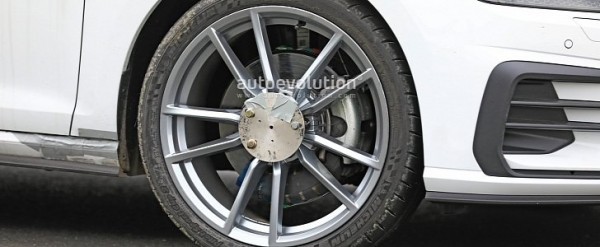
This brake dust particle filters can be seen on each wheel of this Golf GTD prototype, at the bottom of the disk. The technology will retain these "emissions" right where they happen and should be found on Volkswagen models as early as 2021.
But brake pads are so small, and they last a long time. Surely they can't impact the quality of our air that much? According to MANN+HUMMEL, as much as 10,000 tons of brake dust particles occur in Germany every year.
Interestingly, cars with internal combustion engines are not the only source. EVs and hybrids in electric mode also have to brake, but underground railways could be even more harmful to your health. Measurements taken at the London subway showed people were exposed to particles in the range of 500 to 1,120 micrograms per cubic meter, over ten times more than their daily recommended threshold.
The brake filters use a special metal mesh/web, arranged in pleats to maximize the absorption surface. The material was designed to withstand extreme temperatures. Right now, they are stopping about 80% of the particles, but the technology will be further developed with time.
When ready, the system will also be available as a retrofit for older models, So a Euro 5 car could have its exhaust emissions offset and become classified as Euro 6, avoiding certain driving bans.








